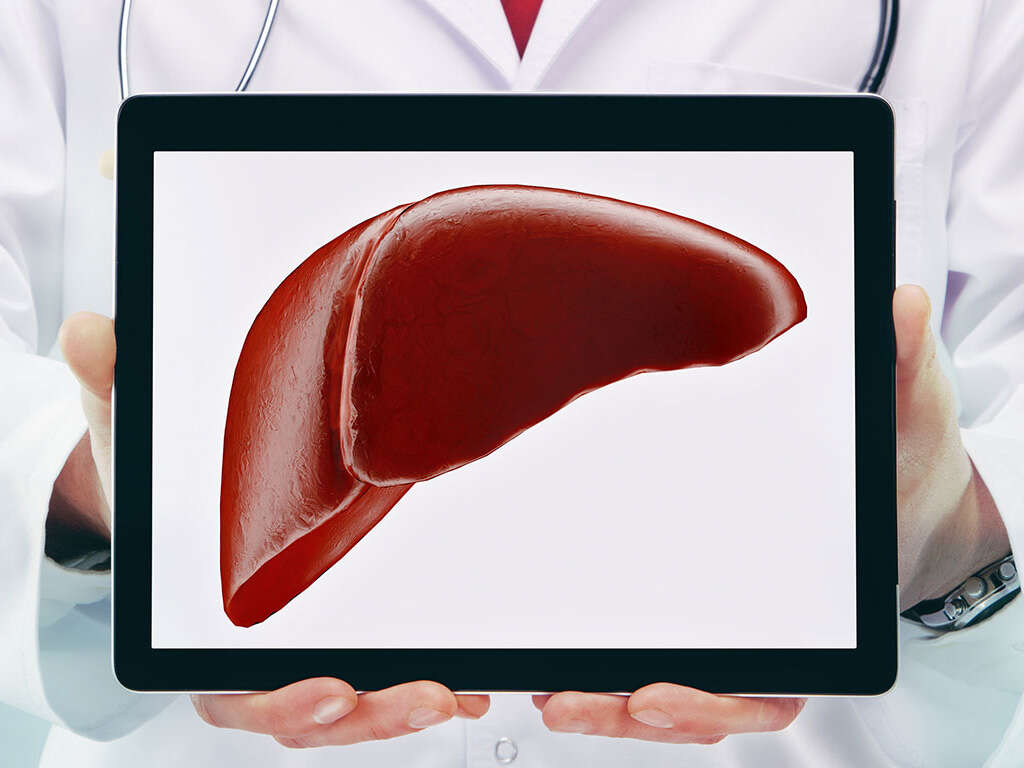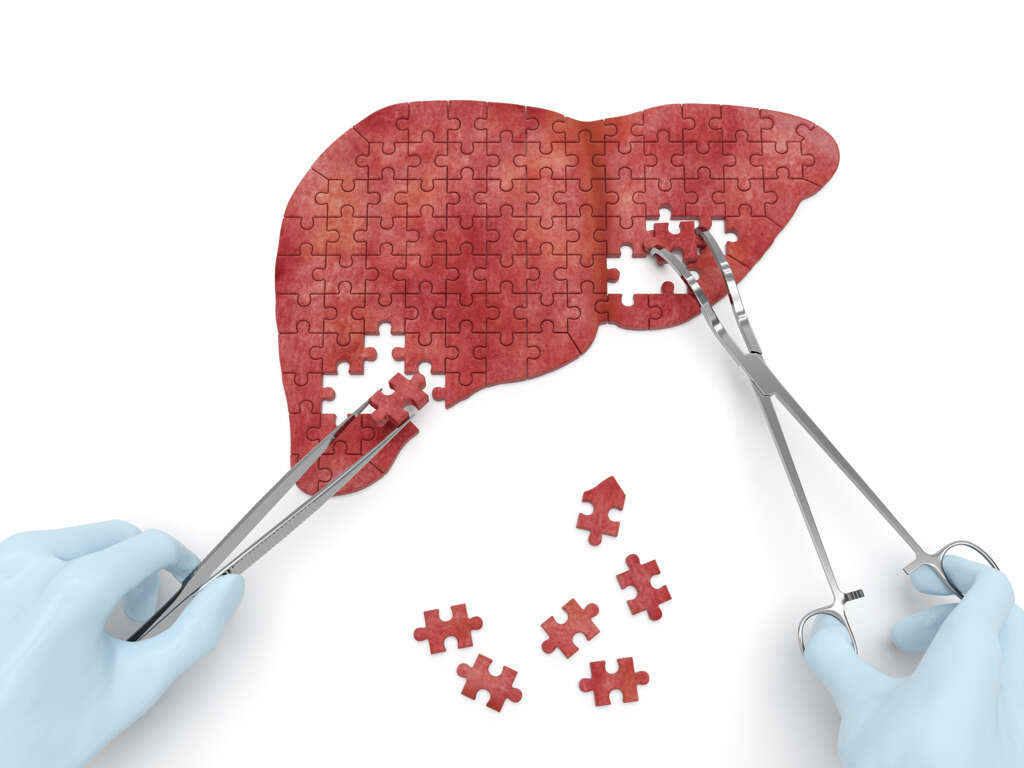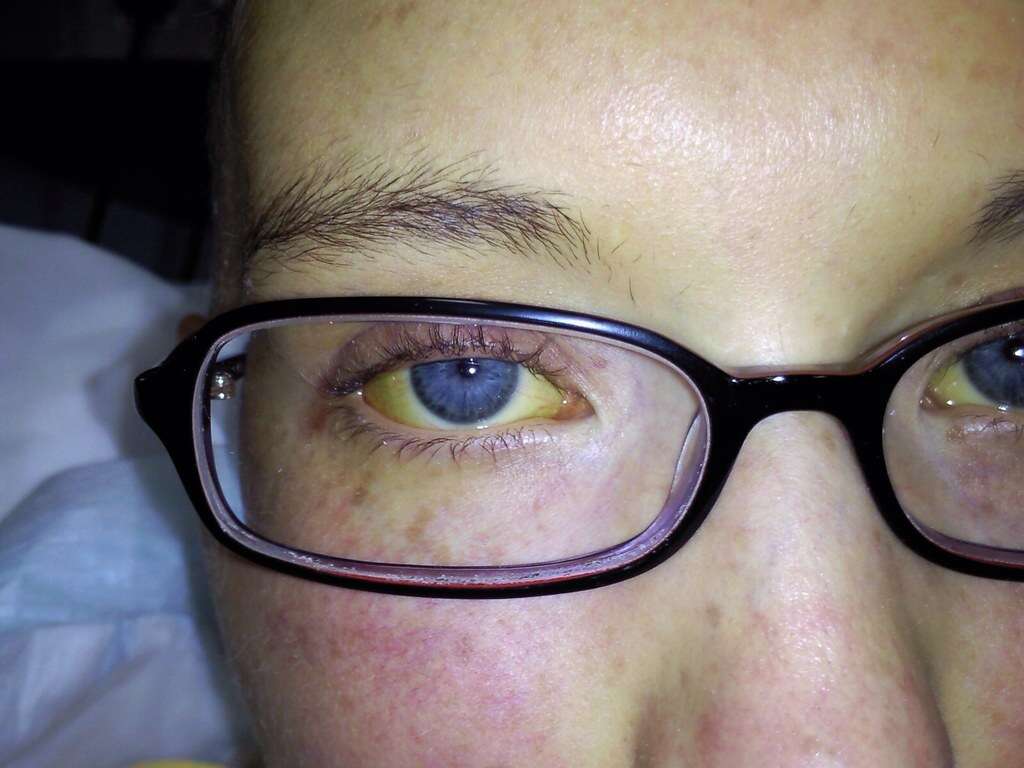10 Fatty Liver Symptoms
 Article Sources
Article Sources
- 1. 'Fatty Liver Disease: Risk Factors, Symptoms, Types & Prevention.' _Cleveland Clinic_, my.clevelandclinic.org/health/diseases/15831-fatty-liver-disease.
- 2. 'Fatty Liver Disease.' _MedlinePlus_, U.S. National Library of Medicine, 23 July 2020, medlineplus.gov/fattyliverdisease.html.
- 3. 'Articles.' _Cedars_, www.cedars-sinai.org/health-library/diseases-and-conditions/c/cirrhosis.html.
- 4. 'Unexplained Weight Loss: Causes, Treatments.' _Cleveland Clinic_, my.clevelandclinic.org/health/diseases/17770-unexplained-weight-loss.
- 5. 'Jaundice | Icterus.' _MedlinePlus_, U.S. National Library of Medicine, 22 Oct. 2019, medlineplus.gov/jaundice.html.
- 6. 'Edema.' _Mayo Clinic_, Mayo Foundation for Medical Education and Research, 1 Dec. 2020, www.mayoclinic.org/diseases-conditions/edema/symptoms-causes/syc-20366493.
- 7. 'Liver Disease & Fatigue.' _Gastrointestinal Society_, 8 July 2020, badgut.org/information-centre/a-z-digestive-topics/liver-disease-fatigue/#:~:text=Fatigue is a symptom commonly, or constant, mild or debilitating.
- 8. Posted by Wayne Eskridge | 534.40sc November 20, 201 7: 'Afraid of Losing Your Mind? Could Be Your Liver Not Your Brain.' _Fatty Liver Foundation_, www.fattyliverfoundation.org/brain-fog-myid.
- 9. De Bandt, Jean-Pascal, et al. 'Muscle Loss in Chronic Liver Diseases: The Example of Nonalcoholic Liver Disease.' _Nutrients_, MDPI, 1 Sept. 2018, www.ncbi.nlm.nih.gov/pmc/articles/PMC6165394/#:~:text=Recent publications highlight a frequent, muscle loss promotes disease progression.
- 10. 'Enlarged Liver: Symptoms, Causes, Treatments.' _Cleveland Clinic_, my.clevelandclinic.org/health/diseases/17937-enlarged-liver.
There are two types of fatty liver disease, alcoholic and nonalcoholic. An average of 5 percent of Americans have alcoholic fatty liver disease or AFLD. Nonalcoholic fatty liver disease (NFLD) occurs when too much fat builds up in the liver cells. The less fat buildup, the healthier the liver functions.1‘Fatty Liver Disease: Risk Factors, Symptoms, Types & Prevention.’ Cleveland Clinic, my.clevelandclinic.org/health/diseases/15831-fatty-liver-disease.
There are several symptoms patients may experience with nonalcoholic fatty liver disease. These vary by person and include abdominal pain or discomfort, nausea and fatigue; however, for many people, there are no symptoms until their condition worsens.
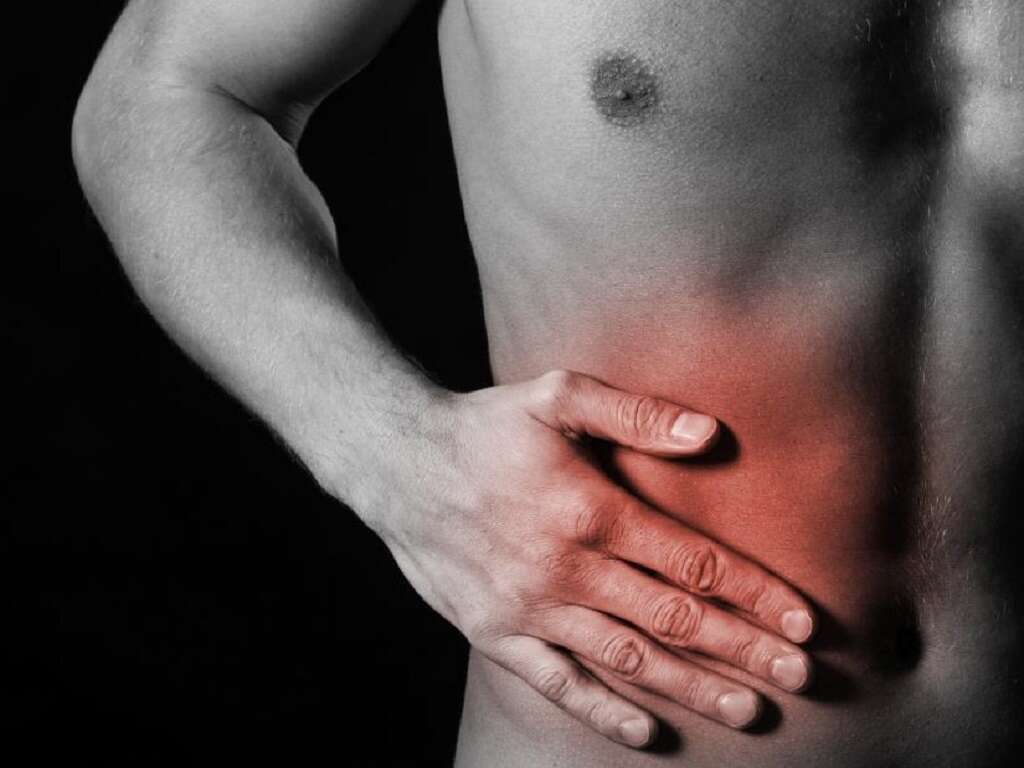
1. Abdominal Pain
Most people experience abdominal pain multiple times in their lifetime. Fatty liver discomfort ranges from mild soreness around the belly area to excruciating pain in the stomach accompanied by other gastrointestinal symptoms, such as nausea, constipation, vomiting and diarrhea.2‘Fatty Liver Disease.’ MedlinePlus, U.S. National Library of Medicine, 23 July 2020, medlineplus.gov/fattyliverdisease.html.
Abdominal pain may be constant or come and go in waves. Some patients feel stabbing pains, while others experience a dull ache that doesn’t get better or worse. The pain may improve or worsen with food and before or after bowel movements. Most patients describe a fullness feeling in the upper right quadrant.

2. Nausea
Nausea is a common complaint with many diseases and sometimes doesn’t have an underlying cause. This symptom may occur with fatty liver disease when the liver is inflamed. Nausea often presents for patients with advanced conditions when the liver has scarring.3‘Articles.’ Cedars, www.cedars-sinai.org/health-library/diseases-and-conditions/c/cirrhosis.html.
Also referred to as cirrhosis, the scars replace healthy tissue. The scarring can lead to blockages and leaking, causing nausea. This unpleasant response may appear with abdominal pain and vomiting.
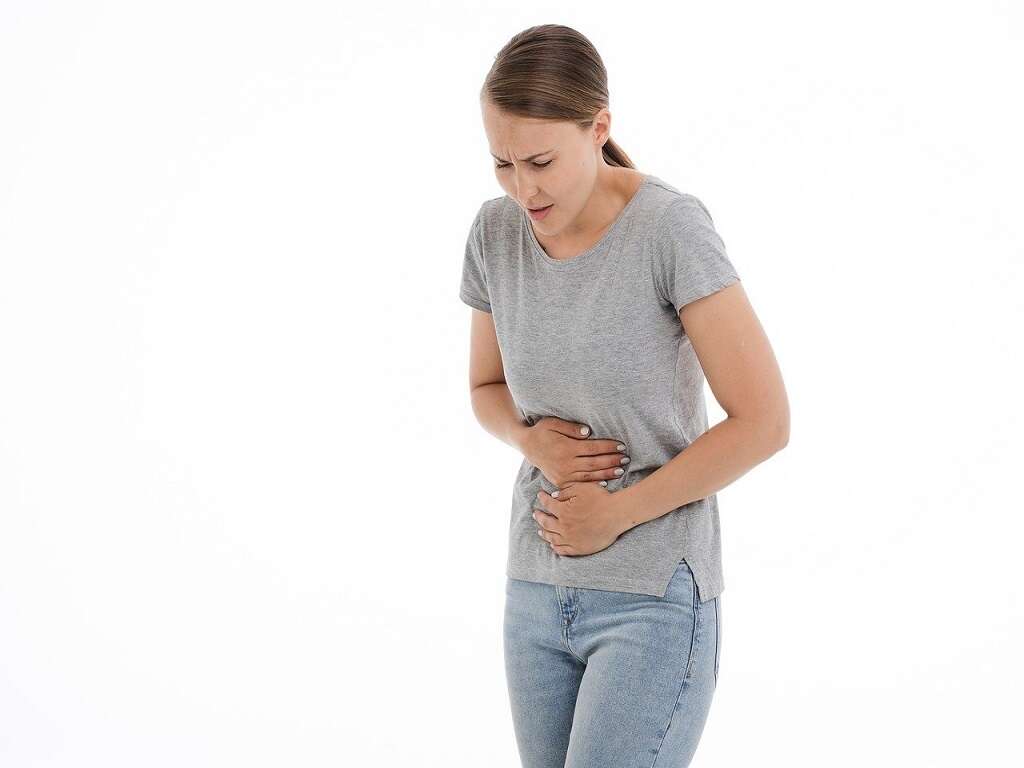
3. Unexplained Weight Loss
Most people are happy when they lose weight; however, unexplained weight loss can signify a serious medical condition, such as fatty liver disease complicated with liver fibrosis. This situation doesn’t include people who’ve made positive changes to their diet or increased their amount of daily exercise.
Unexplained weight loss is defined as losing 10 or more pounds over a six-month period without trying. Alternatively, anyone who loses 5 percent or more of their body weight should speak to their doctor.4‘Unexplained Weight Loss: Causes, Treatments.’ Cleveland Clinic, my.clevelandclinic.org/health/diseases/17770-unexplained-weight-loss.

4. Jaundice
Jaundice, or yellowish skin and whites of the eyes, is symptom of fatty liver disease complicated with advanced scarring (cirrhosis). The condition occurs when the mucous membranes turn yellow because of a high level of bilirubin, a yellow-orange bile pigment. The liver secretes this fluid.
Additional symptoms associated with jaundice include pale-colored stools, dark-colored urine and skin itching. Jaundice is not a disease, but a sign of an underlying problem such as liver disease. Individuals with jaundice may also experience fever, chills, abdominal pain, and flu-like symptoms.5‘Jaundice | Icterus.’ MedlinePlus, U.S. National Library of Medicine, 22 Oct. 2019, medlineplus.gov/jaundice.html.
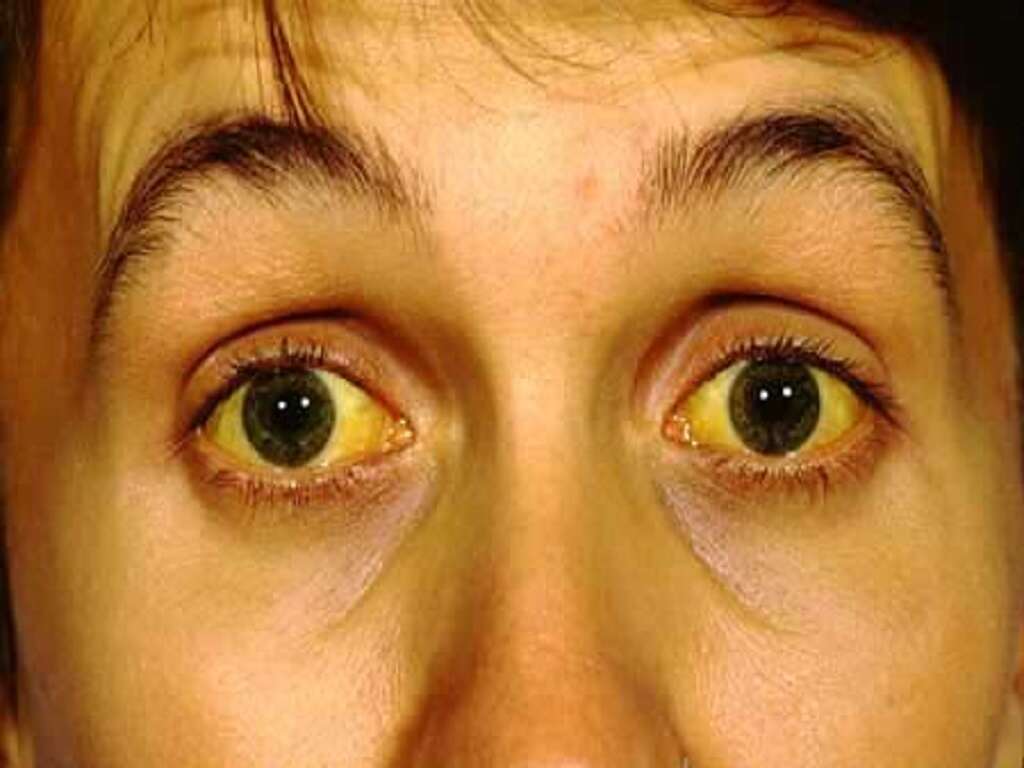
5. Swollen Abdomen and Legs
A swollen abdomen is called ascites and swollen legs are known as edema. Both of these conditions may develop in cases of fatty liver associated with cirrhosis. The conditions are caused by excess fluid in the body’s tissues and can affect any area of the body. It’s easier to notice in the legs.
Patients with a swollen abdominal area may mistake ascites for bloating. Other leg edema symptoms include stretched skin and dips in the skin that stays in place without receding quickly.6‘Edema.’ Mayo Clinic, Mayo Foundation for Medical Education and Research, 1 Dec. 2020, www.mayoclinic.org/diseases-conditions/edema/symptoms-causes/syc-20366493.

6. Extreme Tiredness
Many people have times when they’re so tired they can barely keep their eyes open. Fatty liver disease can cause regular or inconsistent tiredness. For some patients, it might be mild, preventing them from seeing exhaustion as a symptom of another underlying condition.
Others may experience extreme daytime drowsiness that sends them to see a medical professional. Extreme tiredness can occur with any fatty liver type, alcoholic or nonalcoholic.7‘Liver Disease & Fatigue.’ Gastrointestinal Society, 8 July 2020, badgut.org/information-centre/a-z-digestive-topics/liver-disease-fatigue/#:~:text=Fatigue is a symptom commonly, or constant, mild or debilitating.

7. Mental Confusion
Mental confusion is a symptom of advanced fatty liver disease and cirrhosis. This may be harder to detect than the body’s other responses to liver problems. It’s also a symptom of several conditions and can occur from a lack of sleep.
Mental confusion may develop because the liver can’t adequately remove toxins from the blood, leading to brain damage. Mental confusion is often mistaken for mental illness and memory impairment disorders, such as dementia and Alzheimer’s disease.8Posted by Wayne Eskridge | 534.40sc November 20, 201 7: ‘Afraid of Losing Your Mind? Could Be Your Liver Not Your Brain.’ Fatty Liver Foundation, www.fattyliverfoundation.org/brain-fog-myid.

8. Muscle Weakness
There are many causes of muscle weakness, including alcoholic and nonalcoholic fatty liver disease. People experiencing trouble lifting common objects that haven’t experienced muscle spasms or overuse injuries should seek medical care.
Muscle weakness and muscle loss commonly accompanies excess fatigue. Muscle loss seems to correlate with insulin resistance. Insulin resistance either precedes or is the result of fatty liver. People with muscle weakness may experience muscle wasting, which can make fatty liver disease progress faster.9De Bandt, Jean-Pascal, et al. ‘Muscle Loss in Chronic Liver Diseases: The Example of Nonalcoholic Liver Disease.’ Nutrients, MDPI, 1 Sept. 2018, www.ncbi.nlm.nih.gov/pmc/articles/PMC6165394/#:~:text=Recent publications highlight a frequent, muscle loss promotes disease progression.

9. Enlarged Liver
An enlarged liver may develop in the beginning stage of alcoholic or nonalcoholic fatty liver disease. The swelling takes up an excess area of the body and can be easily detected by a doctor during a physical examination.
Additionally, pain in the upper middle-right side of the stomach can indicate an enlarged liver. Another sign of an enlarged liver from fatty liver disease can include filling up faster after meals than usual.10‘Enlarged Liver: Symptoms, Causes, Treatments.’ Cleveland Clinic, my.clevelandclinic.org/health/diseases/17937-enlarged-liver.

10. No Symptoms
Fatty liver disease doesn’t always present with symptoms. Many people find they don’t experience any signs of the condition until the fat reaches 5 to 10 percent of the liver’s weight. At this point, the damage may be permanent with scarring on the liver.
Individuals concerned about developing fatty liver disease should speak with their doctor. The condition is common and can often be resolved by reducing a person’s weight and improving diet.




